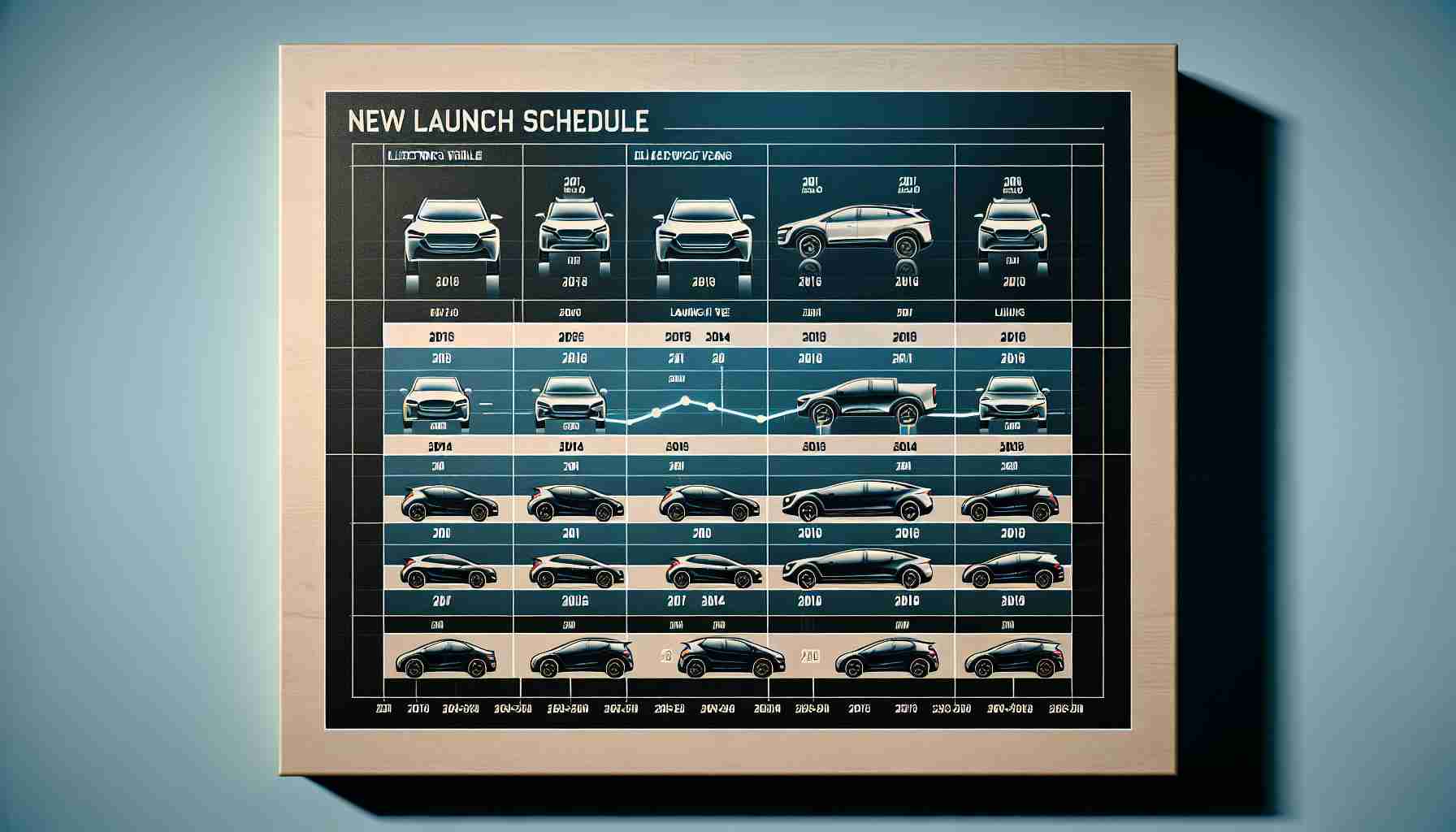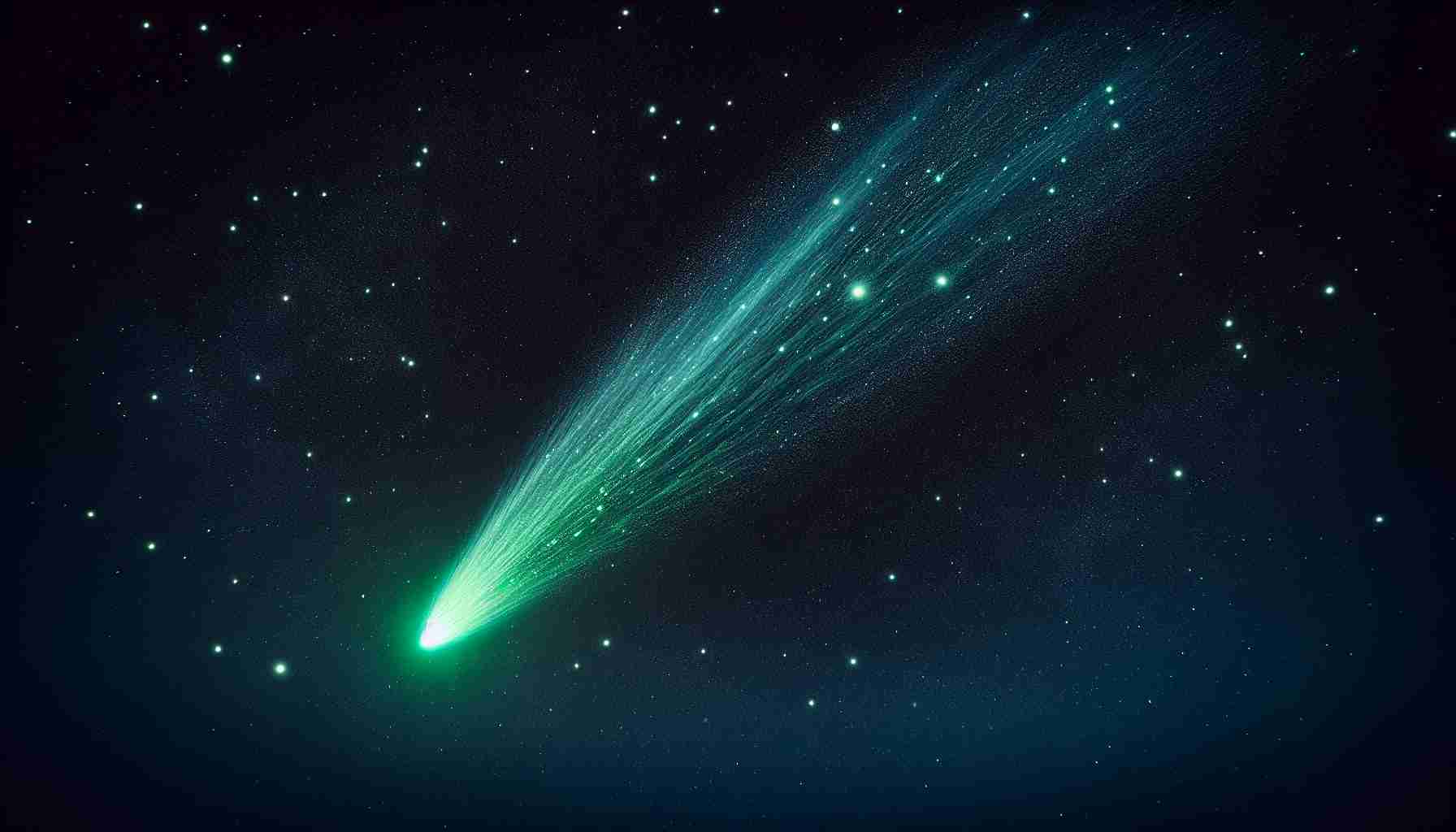An enormous asteroid named after the Egyptian god of destruction is causing concern among scientists worldwide. The colossal space object, with a diameter exceeding 300 meters, is hurtling towards our planet at breakneck speed, traveling hundreds of thousands of kilometers per hour. Recent calculations indicate that it will come within a mere 30,000 kilometers of Earth, a distance considered exceptionally close in astronomical terms, necessitating meticulous monitoring of its path.
If Apofis were to deviate from its course and collide with Earth, the consequences would be catastrophic, akin to the detonation of numerous atomic bombs. Vigilantly, the scientific community is keeping a watchful eye on its trajectory, wary of any potential alterations that could pose a threat.
Apofis Asteroid: Unveiling New Discoveries and Complexities
As the Apofis asteroid continues its relentless journey towards Earth, new findings have surfaced that deepen the intrigue surrounding this celestial mystery. Scientists have uncovered that Apofis is not just an ordinary space rock but rather a complex body composed of various minerals and elements, making it a unique research opportunity for planetary scientists.
One of the most pressing questions that scientists are grappling with is the precise composition of Apofis. Is it predominantly made of rock, metal, or a combination of both? Analyzing its composition can provide vital insights into the asteroid’s origins and evolution, shedding light on the formation processes of celestial bodies in our solar system.
Another key challenge associated with Apofis is its erratic behavior. Despite meticulous monitoring, there is still a lingering uncertainty about its exact trajectory and potential deviations. What factors could influence Apofis’ path as it hurtles through space, and how can scientists refine their predictions to ensure accurate tracking?
Moreover, the potential advantages and disadvantages of close encounters with Apofis warrant careful consideration. On one hand, studying an asteroid of this magnitude up close can offer unprecedented opportunities for scientific research and exploration, unlocking valuable data about the composition and structure of such celestial bodies.
On the other hand, the prospect of Apofis veering off course and colliding with Earth raises alarming implications. The catastrophic consequences of such an impact underscore the gravity of the situation and highlight the urgent need for advanced planetary defense strategies to mitigate potential risks.
Amidst the ongoing discourse surrounding Apofis, scientists are working tirelessly to unravel its mysteries and address the lingering uncertainties. Collaborative international efforts are underway to enhance monitoring capabilities and refine predictive models, ensuring that humanity remains vigilant in the face of this cosmic enigma.
For more information on asteroids and planetary defense, visit NASA’s official website for the latest updates and insights into the fascinating world of space exploration.















